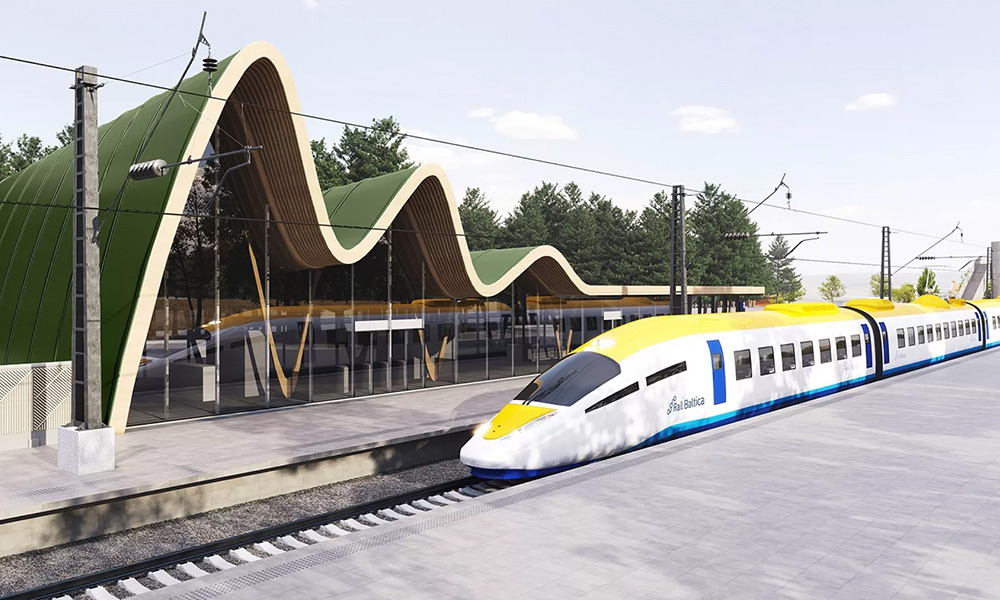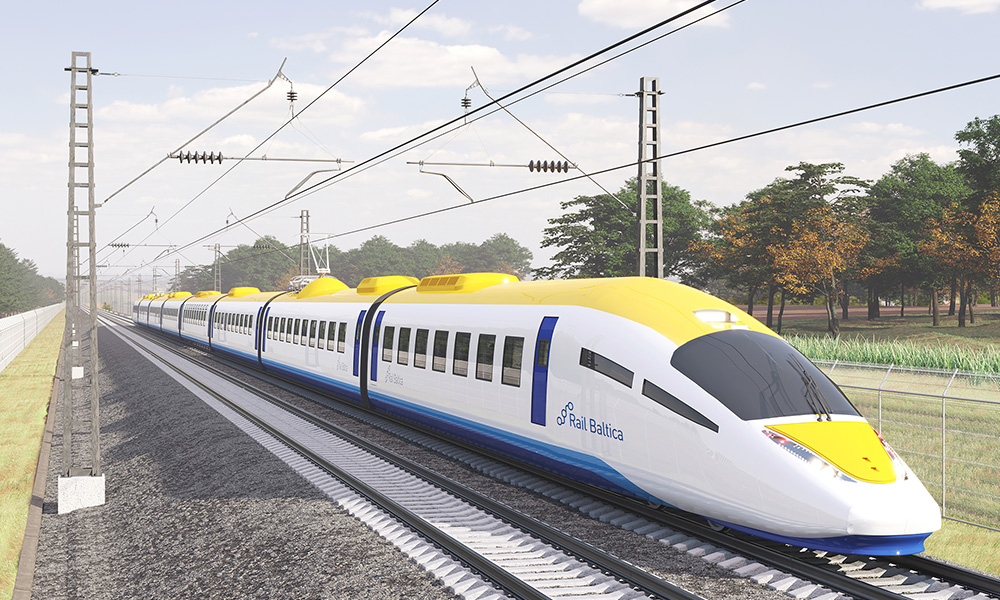Tenders have been announced by Rail Baltica for the construction of 53km of high-speed rail in Estonia. The estimated total cost of the published tenders is approximately US $437mn.
The tender, which was published late in December 2023, outlines the construction of the underlying infrastructure and intersections for 52.6km of the line. It covers five mainline sections in the Harju and Rapla counties: Soodevahe – Kangru; Kangru – Saku; Saku – Harju/Rapla county border; Hagudi – Alu; Alu – Kärpla. Over 20 railway intersections have already been completed or are under construction on these sections, a report noted.
The length of the construction contract varies between 40-48 months depending on the section, and construction work for the initial sections of the Rail Baltica mainline will start in early 2024.
Rail Baltica involves integrating the Baltic states into the European rail network along an 830km line running from Helsinki in Finland and Tallinn in Estonia in the north, to Warsaw in Poland further south.

Late last year, it was revealed that a consortium of three contractors called ERB Rail – Eiffage, Budimex and Rizzani de Eccher – had won a $4bn contract for the civil engineering and track-laying works on a 230km section of the project. Construction activities are expected to take place on 74km of the Rail Baltica Estonian route within a year, constituting over a third of the entire length of the Estonian mainline.
“The construction of the Rail Baltica mainline is undoubtedly a priority for us in 2024 and the following years. One year from now, we aim to see active railway infrastructure construction on more than a third of the Estonian part of the future high-speed railway. This will allow us to stay on schedule to commence rail traffic in 2030,” said Anvar Salomets, Chief Executive Officer of Rail Baltic Estonia.
According to Salomets, the tenders for the mainline construction are likely to be the last handled as short segments.
“We are changing the tender strategy for the remaining railway infrastructure and superstructure, and currently, we are also looking for a consultant to proceed with the so-called alliance model,” concluded Salomets.

